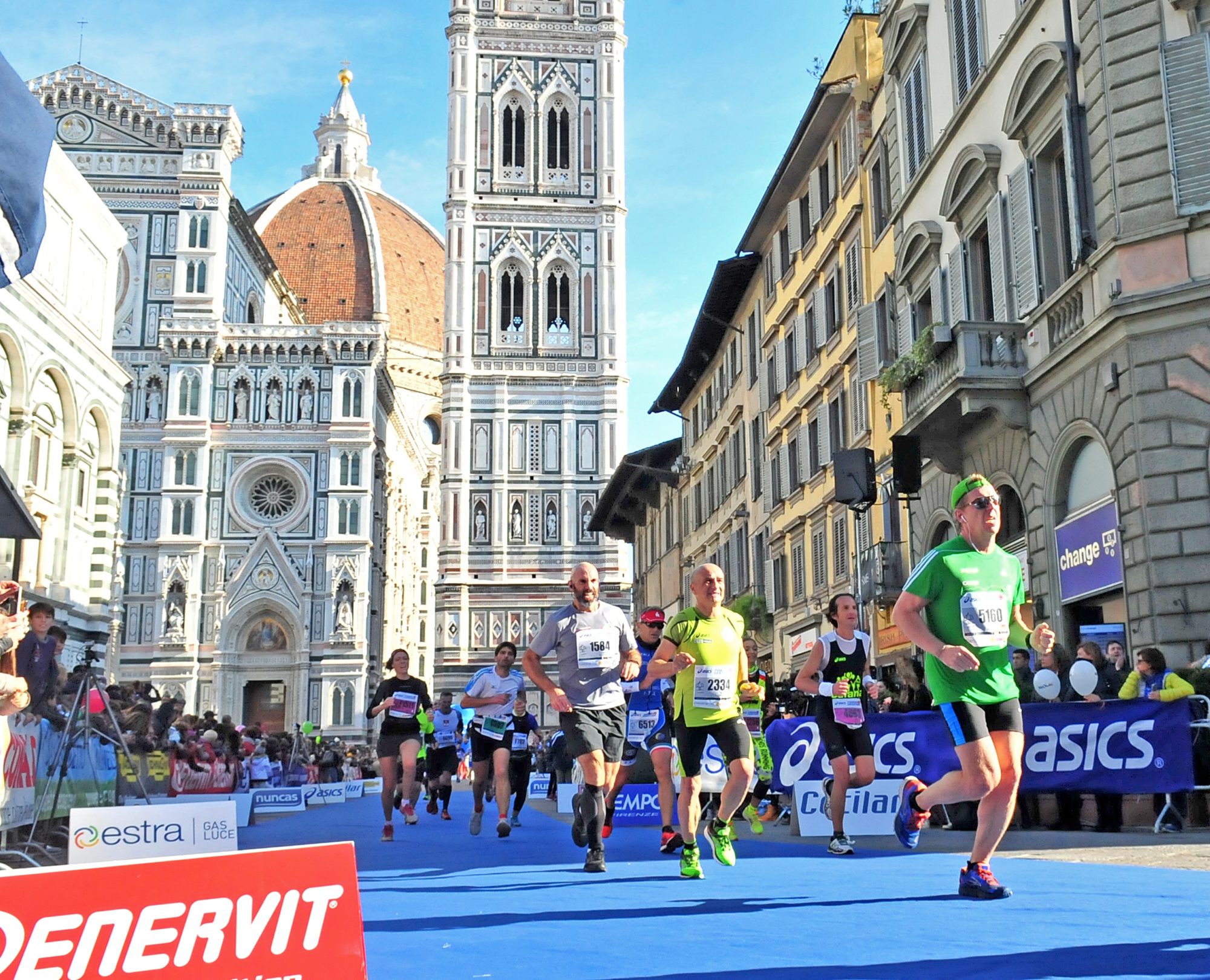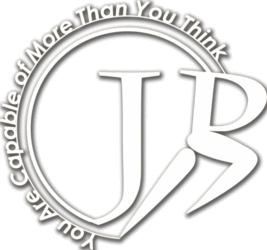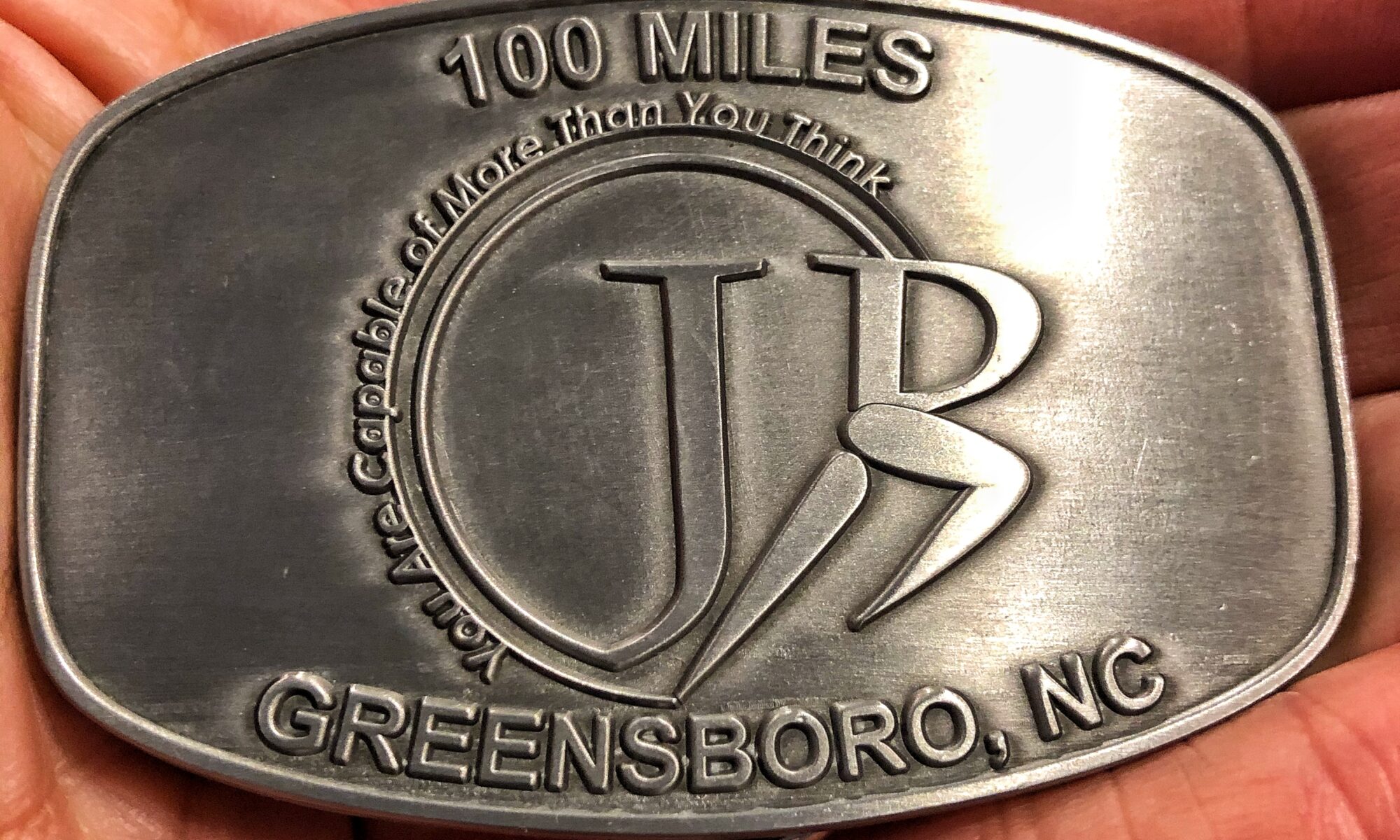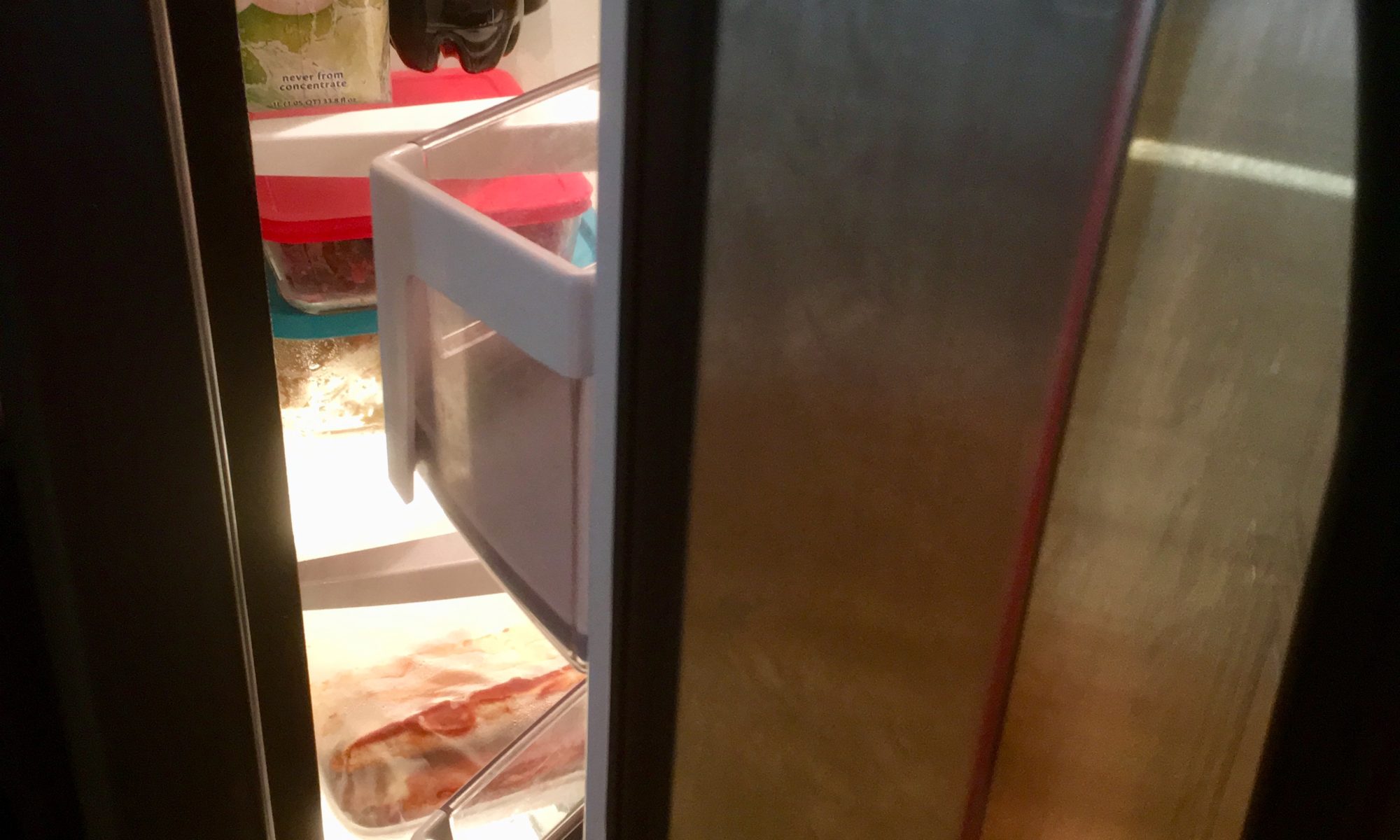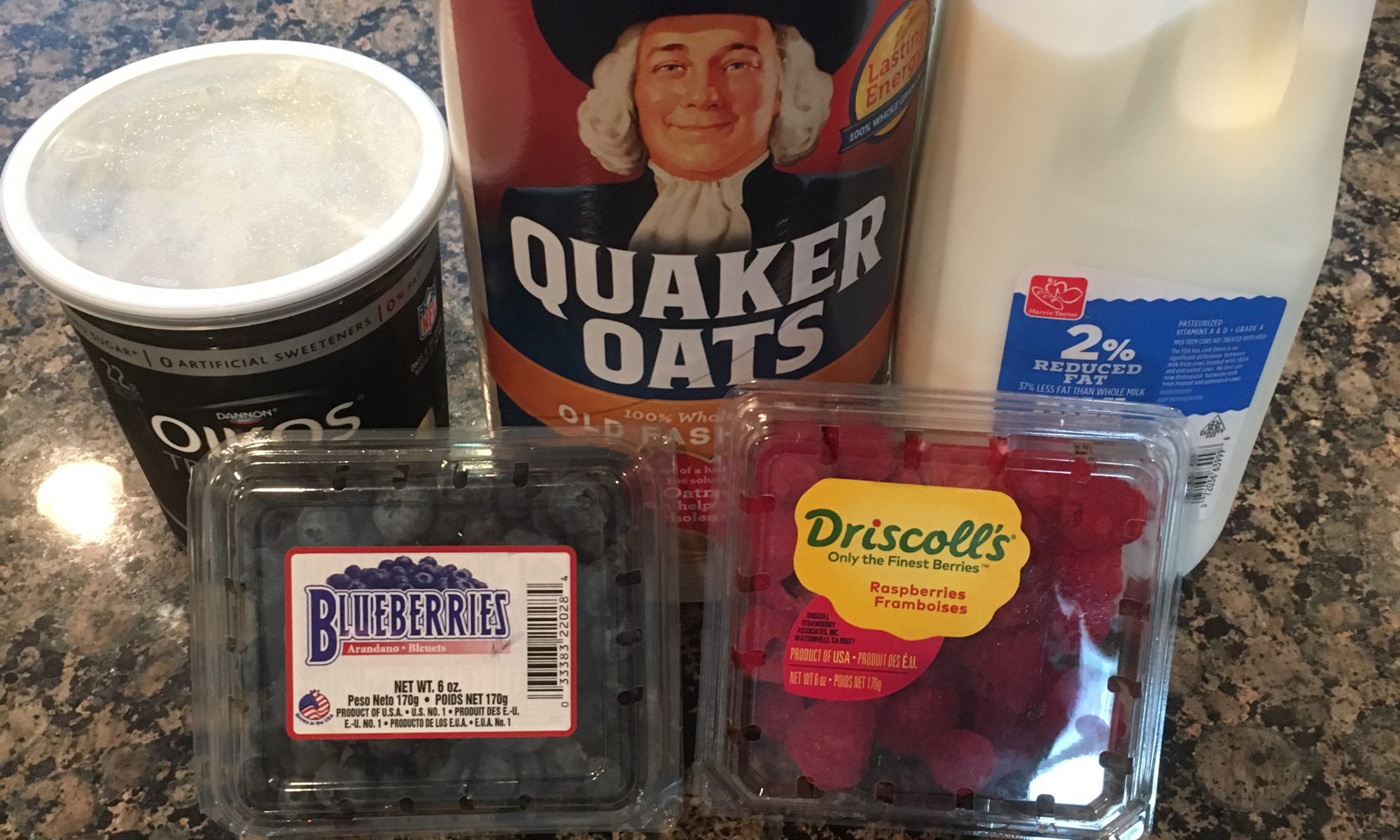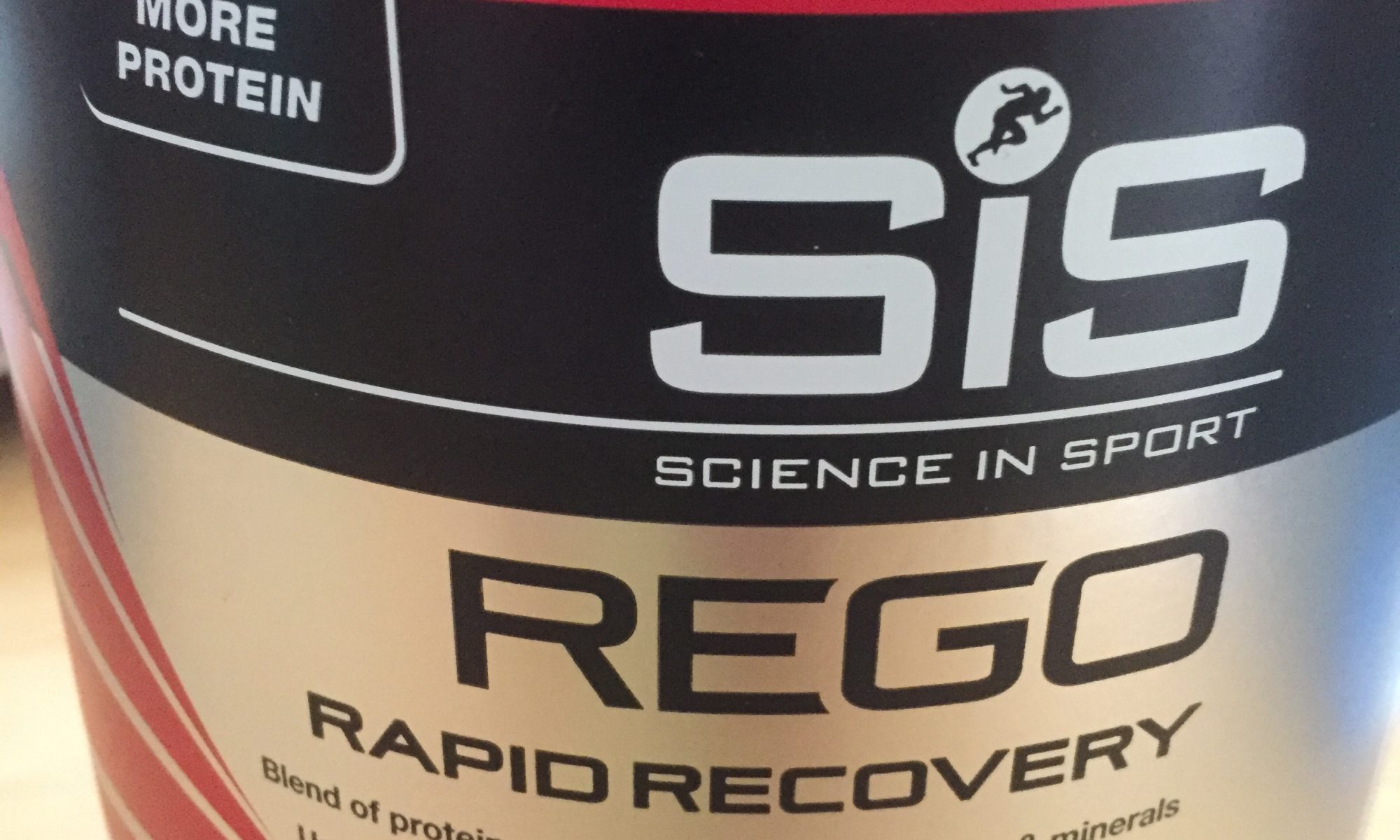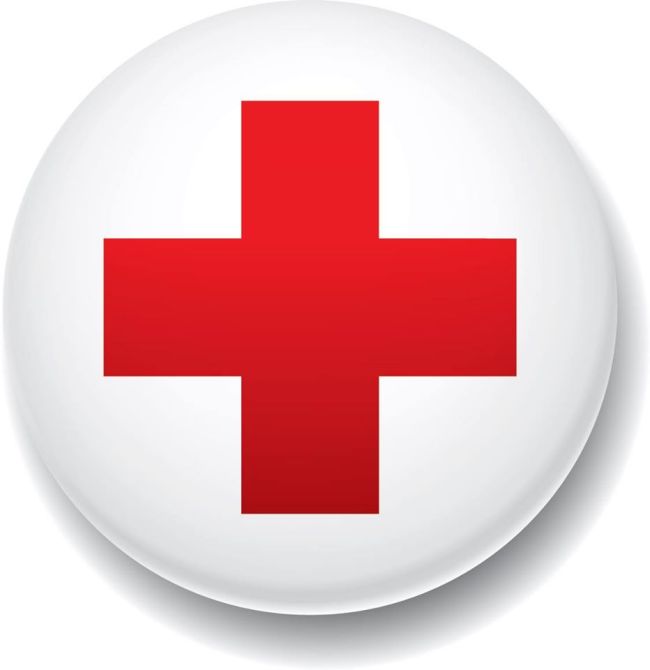My Setup
Let me start by saying that I have done some crazy stuff in my life. THIS, is right up there. With all of the races I signed up for being cancelled this year, I decided to attempt my first unsupported 100 miler in 2020. I needed something out there to keep me motivated and in shape for what, I hope, will be a big 2021. If you plan on running an ultramarathon this post will provide you tons of insight. If you plan on running it unsupported, this post will discuss the unique challenges of such an endeavor.
It is my humble opinion that the biggest reason for failure at this distance, is poor planning. If you are not prepared logistically, you do not give yourself a realistic shot at success. The plan for this attempt was to have my car be an aid station at a location that was about nine miles from my house, and my house acting as a second aid station. I would run a series of loops and out and backs on mostly trails and some greenway hitting my car and house as needed. The challenges that we thought about were time, weather, darkness, and calorie intake. Let’s look at them each individually:
Time – Being that this was an unsupported attempt, I didn’t put a time goal pressure on myself, but I didn’t want to be out there more than 30 hours either! The biggest time waster, as any ultra-runner can attest, is aid stations. If you are sitting pretty, you aren’t making progress. Beware of the chair! You need to get in, do what you need to do, and get out. This being unsupported meant that I would be the one filling bottles, preparing food, tending to blisters, etc. That can eat up allot of time.
Weather – The forecast for the day was very nice. Low 40’s and sunny. However, the day before, we had torrential downpours (this would come back to bite me later) and it was supposed to drop down to 30 degrees and start snowing overnight. I could live with snow. I knew as long as I kept my core temperature up, I would be fine. I had an assortment of coats, hats, and gloves.
Darkness – As an ultra-runner, you become accustomed to running in the dark, but normally you have pacers, and in most races the night is maybe 12 hours max. Well, for this effort, no pacers, and due to the time of year, it was dark for over 14 hours. That is a long, dark, cold period of time to be alone and, quite frankly, at your worst. Making sure that all of my headlamps and flashlights were fully charged and located at both aid stations was critical.
Calorie Intake – There is so much more to calorie intake than just calories. You need carbs, electrolytes, and protein. This needs to balanced with cheap fuel, like gels or other quick shots of sugar/caffeine. This is the list of food and drinks that I had available:
Water
Tailwind
Flat Coke
Grilled Cheese
Peanut Butter and Jelly
Lentil Soup
Pretzels
Skittles
Salt Tablets
Considering there were no volunteers, I had to keep it simple and portable. The food had to be able to go with me as I ran. If I wasn’t going to hit an aid station for three or four hours, nutrition and hydration had to come with me. I felt like this was a good mix of sweet and salty not knowing what I would be craving.
Obviously, there were other considerations such as shoes, socks, blister kits, etc. but this provides the basic set up and thought construct for the attempt. Now we can get into the fun stuff, the run itself…
Smooth Sailing for 42 Miles (Kind of)
Start slow, stay slow. It’s the mantra of every ultra-runner. And I did just that. I started by running the first 13 or so miles on the greenway since it was dark at the onset, and I wanted to get off to a good start. But I am a trail runner at heart, and as the day broke, I was looking forward to getting on some trails! And here is where the weather from the day before the attempt came back to bite me. The first trail I went on was fairly muddy and had a bridge wiped out from the rain the day before. For the most part, it was passable, albeit it certainly slowed me down. The second trail was so muddy, that I immediately slipped and fell literally within five steps of the trail head. I sat there for a moment, muddy and wet. Time to adjust.
I knew that I had about a nine-mile trail run to get to the house before dark but had no idea what the condition of the trails were. Based on the first two trails, I wasn’t optimistic. I decided to run some more greenway and then hit the trails home at about 1:30 pm. This would give me time to get home, eat, and change for the long, cold night. To my surprise, the trail home wasn’t in too bad of shape and I was cruising right along, and then… “That hurt. Was that a twinge? Was that a tweak? That really hurts.” My mind was racing. As my right foot came down, I felt something tweak, and then pain. Every step was painful, and it seemed to be getting worse. As I approached the last bridge before my house, it was completely washed out. I either had to go through about 20 feet of ankle deep icy cold water or turn back. I went for it. I knew that I wouldn’t want to be in wet shoes for long, but I needed to get home and figure out what was going on with this foot.
Walk it Off
The pain was on my second toe on my right foot. Every step was extremely painful. I switched shoes to a zero drop, hoping that it would take pressure off the toe. I decided to walk around my neighborhood at as fast a pace as I could and see if the foot would numb, get better, or if it was time to call it quits. Whenever I am seriously contemplating quitting, I try and walk for a while. Sometimes walking for a bit while nibbling some food and sipping something just gets you to a better place. My hope was I would soon start jogging again. But every step just kept getting more painful. It was getting darker and colder and the time was approaching when I would have to decide if I was going to venture back into the night. I started thinking that only 2020 would be a year where I would DNF a race that wasn’t even a race. Although I was in allot of pain, I wasn’t ready to quit. I went to the house, heated up some lentil soup, and then told my wife I was going to run in the next neighborhood and see if I couldn’t get this foot under control.
As I was walking in the dark, I decided that I was in pain anyway, I should just try and jog a bit, so I did. It hurt, but it wasn’t too bad. Then I started to do walk run intervals, and suddenly the pain started to subside! Was it the zero drop? Was it my foot going numb? Was I just too stubborn to quit? I didn’t know, and I really didn’t care! I went back home and told my wife that I was going back out for the night! You should have seen the look on her face.
In Case They Ask “What, You Were Wearing?”
As I was changing into my night gear and loading up my pockets with food to make the trek back out to my car and hopefully finish this thing off back out on the greenway and trails, I noticed my wife start snapping photos of me with her phone. I asked her why the heck she would want to take a picture of me looking like death, and she replied, “This is just in case they ask what you were wearing?” I thought that was pretty funny, she wasn’t joking.
At this point, I had 62 miles in the bank and a long night in front of me. I was beaten up, bruised, and bloodied, but I was still standing. I headed off in to the dark and made my way back towards my car. The nine miles out to my car were pretty uneventful. I would walk/jog and my foot felt fine, so life, at the moment, was good. When I arrived at my car, I text my wife, so she knew I made it, I filled up my hand-held bottles with flat coke, shoved some cold grilled cheese sandwiches in my pocket and headed back out. And then mother nature decided to throw me a curve ball…
It Could Be Worse, It Could Be Raining
The forecast had called for snow. The forecast was wrong. At about 2am, it started to rain. 32 degrees and rainy is no good. It’s the worst. I knew if I couldn’t stay dry, I would become hypothermic and this would be all over. Imagine being down to about 25 miles left and having to quit? My waterproof jacket was getting ready to be tested. In my mind, I just kept saying, “I need this to turn to snow. Just a couple of degrees colder and we’re good.” It never happened. The rain went from drizzly, to steady, to a downpour. Consider this a PSA. Whatever it costs to have a great waterproof and very warm jacket, pay it. I have a Hoka, waterproof down jacket, and it saved the day! I was able to stay relatively warm and dry despite some very crappy conditions. I was miserable, but I wasn’t hypothermic.
What did become an issue was that I had to wear two gloves to keep my hands warm. When I took my gloves off to manipulate the packaging for food, they would get wet and cold, and then it would take a long time for them to warm back up even with my gloves on. It got so bad, that I started to skip eating and basically live off of flat coke. It may not have been the smartest trade off, but quite honestly, after over 24 hours of being alone and on my feet, I probably wasn’t making the best decisions. All I can say, is that when my hands were freezing, I was absolutely miserable. Shivering uses allot of energy, so I prioritized warmth over food.
What a Mind F*%k
All of this was just a prelude to what are always the darkest most difficult hours in a 100 miler. This being unsupported, it was even worse. You don’t realize how much you draw from other people during these events, until they aren’t there. No one was cheering me on, no other runners were making any quips or small talk, there was no one at the aid stations asking what I needed, and there was no pacer looking out for me. Around 4:30 am, after hours of running in the rain, and almost 24 hours on my feet, it started to happen. “Did I just swerve? Where am I? I know I am running, but I don’t remember the last bit?” I was falling asleep on my feet. While I was moving! I didn’t think that was possible. I started to remove my hood and lift my hat to get some cold air and wake myself up. But it was still raining, so now my head was wet, and my ears were cold! I’d put my hat back on and pull my hood up, and then I’d start falling asleep again.
I started looking forward to what every ultra-runner does when they are in that deep dark place. Sunrise. The light of day always brings renewed energy and signifies that the end is almost near. Just keep moving I told myself. If I can make it to sunrise, I can finish. The next two and a half hours felt like an eternity. I would pull my hood down and lift my hat until I was freezing, and then bundle back up. As much pain as I was in, the sleep deprivation was worse. It was such a strange feeling to be moving and sleeping at the same time. My eyes and mind played tricks on me. Trees started to look like animals and people. I heard noises that I wasn’t sure were there. It was all so surreal. And just when it seemed like I was losing faith, the dark turned to gray. Gray was all I was going to get, since it was still raining, but it was enough.
I put my headlamp and flashlight away at the car and headed out for the last three miles. At this point, you know you have it, but you just want it to be over. Three miles is a 5k! I could run that in 25 minutes easily. No problem at all. That last three miles took all of an hour. And to add to the weirdness of the experience, when my Garmin hit 100 miles, there was absolutely no one around. It was gray, cold, and raining. Instead of a race director congratulating me, a kiss from my wife, and high fives from my crew, I limped to my car. By myself. Because it had been raining all night, the windshield had frozen over, so I actually had to sit there, in the cold, for ten more minutes while me car heated up and the windshield defrosted. Perfect. I’m not saying that sarcastically, I mean it. I ran for the love of running. I ran for the challenge of a lifetime. This showed me that I didn’t need a race to push myself to my extreme limits, I just needed the heart.
All of that being said, I made my own damn buckle! And it is the one that I am the proudest of. 2020 certainly sucked, but at least now, it has a redeeming quality.
Final Statistics
Total Time – 28 hours 35 minutes 49 seconds
Moving Time – 25 hours 22 minute 33 secondsMileage – 100.12 miles
If I can help you on your journey in any way, please reach out to me!
For behind the scenes photos and comments on my training and personal life, follow me on Instagram: joe_the_runner Strava: Joe Randene YouTube: Joe Runner Facebook: Joe Randene
